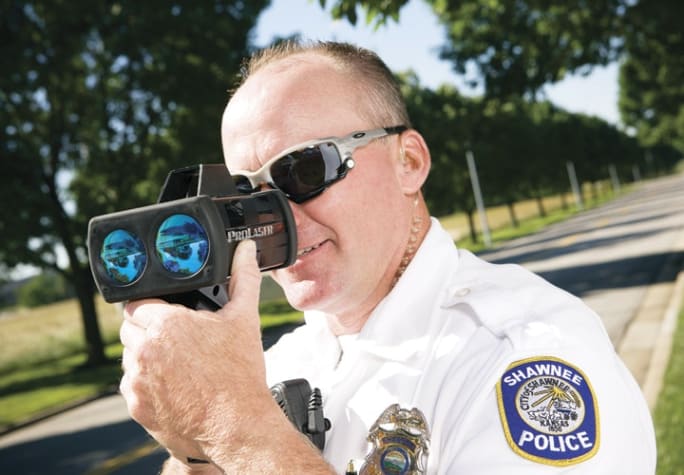That made it tough: Every agency we called already had units in service. Then we got lucky. A local tribal PD had briefly looked at lidar technology and while spotting some advantages, decided to continue using only radar. Better yet, the chief assigned the project to his second-in-command, a heavily experienced lieutenant who'd served with two high-profile local departments before accepting a slot there.
The chief had one stipulation: no publicity. This came directly from the governing Council. It was pleased to assist, but wanted nothing in return save for adding to the patrol division’s knowledgebase. Fair enough; we signed on.
The lieutenant obligingly diverted from regular duty two of his four patrol sergeants and a couple of tech-savvy officers, sending them through a NHTSA-approved lidar-training course. The LT himself attended—and aside from orchestrating this intricate project, logged hours on the road with each laser and issued citations.
This group spent one week evaluating each of our four frontline lidar units. Thirteen categories were rated, everything from battery life, maximum audio volume, size, and weight to the comprehensiveness of the operator manual. Other categories rated performance characteristics including range, quickness of target acquisitions, Weather and Obstructed modes, and related criteria. For charts detailing results of the officer evaluations, pick up a copy of the September issue of POLICE Magazine.
Craig Peterson is a Mesa, Ariz.-based writer specializing in speed-measuring technology, mobile electronics, vehicles, and EVOC training. He is an IPTM-certified radar instructor with 22 years' experience.














